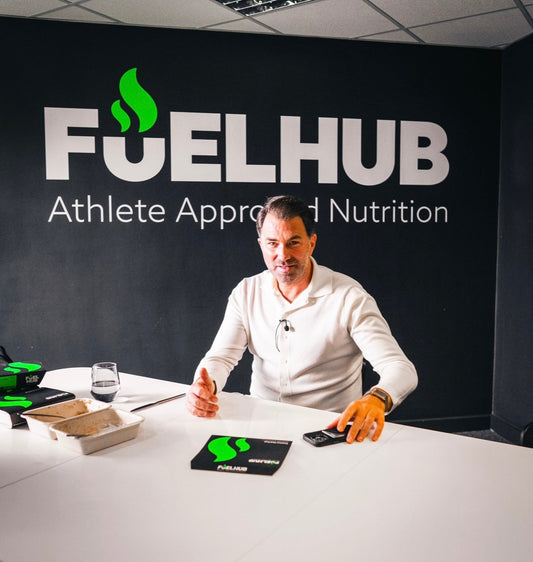
If you’ve watched Joe Wicks’ recent documentary, you’ve probably seen the growing debate around ultra-processed foods (UPFs). As a qualified nutritionist, I think it’s important to cut through the noise and look at the full picture.
- What are ultra-processed foods? what does the term mean?
The term ‘ultra-processed’ originated from the NOVA food classification system, which categorises foods based on their degree of processing. Ultra-processed foods are food products that undergo multiple levels of processing and often contain additives like preservatives, flavour enhancers and emulsifiers. The primary rationale for this level of processing is to provide convenience, taste and a longer shelf life.
- What are the dangers of eating UPFs and how are they bad for your health?
UPF’s typically contain little to no nutritional value. They are often low in fibre and essential nutrients but high in refined sugar and unhealthy fats, making them highly palatable and easy to overconsume. As they are hyper-palatable, they trigger a dopamine release in the brain which makes people crave them more, leading to dependency and overconsumption. Therefore, a diet rich in UPFs is likely to heighten the risk of obesity due to an overall increase in calories consumed, resulting in weight gain and an increase in adipose tissue. Additionally, many UPF’s contain trans fats, refined oils and excessive sodium which can be the cause of high blood pressure, high cholesterol and inflammation – all risk factors for heart disease and stroke. Alongside this, if consumed regularly, the poor nutritional value may promote nutrient deficiencies if not obtained elsewhere in the diet, and this can bring about many health-related problems. While eating UPF’s occasionally isn’t harmful, and in some contexts, could actually be beneficial, making them a regular part of your diet can lead to many long-term health problems. Reducing UPF intake and focusing on whole foods for the majority of the time will improve your overall health and well-being.
- How can you tell what a UPF is?
You can tell what an UPF is by looking at the ingredients list. UPFs typically contain 5 or more ingredients, some of which may be artificial like emulsifiers, preservatives or artificial flavours. So if a food product has a long list of complex ingredients, it is likely to be an UPF. Additionally, if a food product is marketed heavily as ‘low-fat’ or ‘high-protein’, or the packaging is very colourful with bold health claims there is a good chance it is an UPF. In summary, if it contains additives, refined ingredients and isn’t something you could easily make at home then it is likely to be ultra-processed.
- For someone who relies on UPF snacks and ready meals can you recommend a list of healthy alternatives?
If time is an issue, preparing meals in bulk and storing them in the fridge or freezer can help to stock up on nutrient-dense meals and reduce decision-fatigue. The convenience of UPFs is a primary example why people choose to consume them. So stocking up on quick grab and go whole foods such as Greek yoghurt, boiled eggs and pre-cut veggies can be beneficial. Other healthy alternatives included below:- Swap instant noodles for egg noodles / brown rice
- Swap sugary breakfast cereals for overnight oats
- Swap unhealthy ready meals for pre-cooked brown rice with lean protein & veg
- Swap store-bought flavoured yoghurt to plain Greek yoghurt with honey
- Swap chocolate & sweets for 70%+ dark chocolate
- Swap crisps for nuts & seeds


